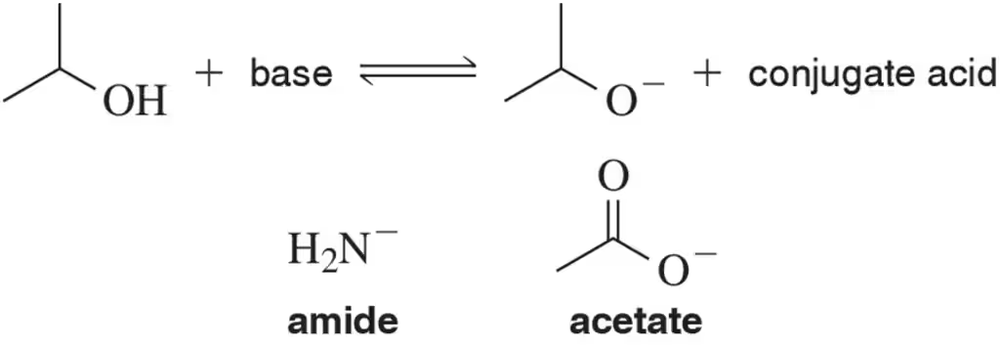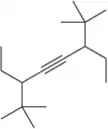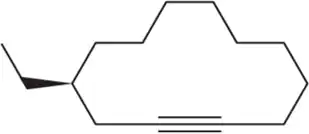 Back
BackProblem 2
Calculate the oxidation numbers for each indicated atom in norethindrone, a steroid contraceptive.
Problem 3
Rank the reactivity of the following anions with a general electrophile from least to most reactive.
Problem 4
Would amide or acetate most easily deprotonate an alcohol to make the alkoxide anion? Calculate Keq for each possibility.
Problem 5
The following reaction gives two different constitutional isomers in nearly equal yields. Why doesn't this reaction produce only one product?
Problem 6a
Identify the following alkynes as terminal (T), internal/symmetrical (IS), or internal/unsymmetrical (IU).
(a)
Problem 6c
Identify the following alkynes as terminal (T), internal/symmetrical (IS), or internal/unsymmetrical (IU).
(c)
Problem 6f
Identify the following alkynes as terminal (T), internal/symmetrical (IS), or internal/unsymmetrical (IU).
(f)
Problem 7
Draw all internal symmetrical alkynes with the molecular formula C10H18.
Problem 7.19
The following reaction was recently reported to have been performed electrochemically.
(a) Identify the reagent and a solvent that could have been used if this reaction was done traditionally.
(b) What safety and environmental hazards are improved or worsened when doing this reaction electrochemically?
Problem 8b
Provide the IUPAC names for the following alkynes.
(b)
Problem 9a
Draw the structures that correspond to the following IUPAC names.
(a) (R)-4-isopropyl-6-methylhept-2-yne









